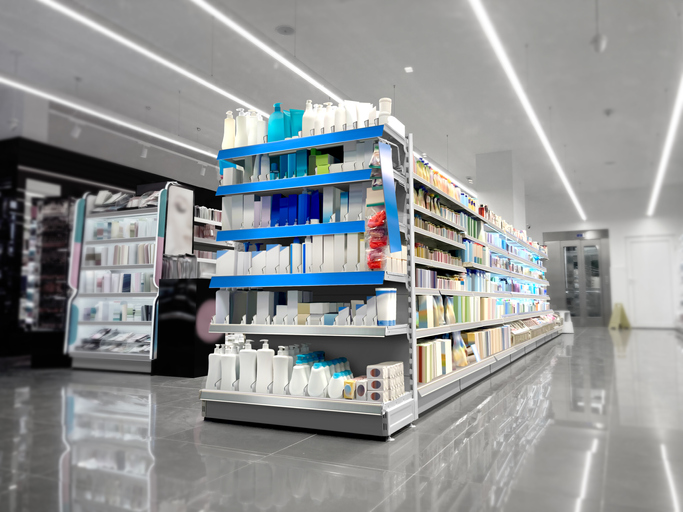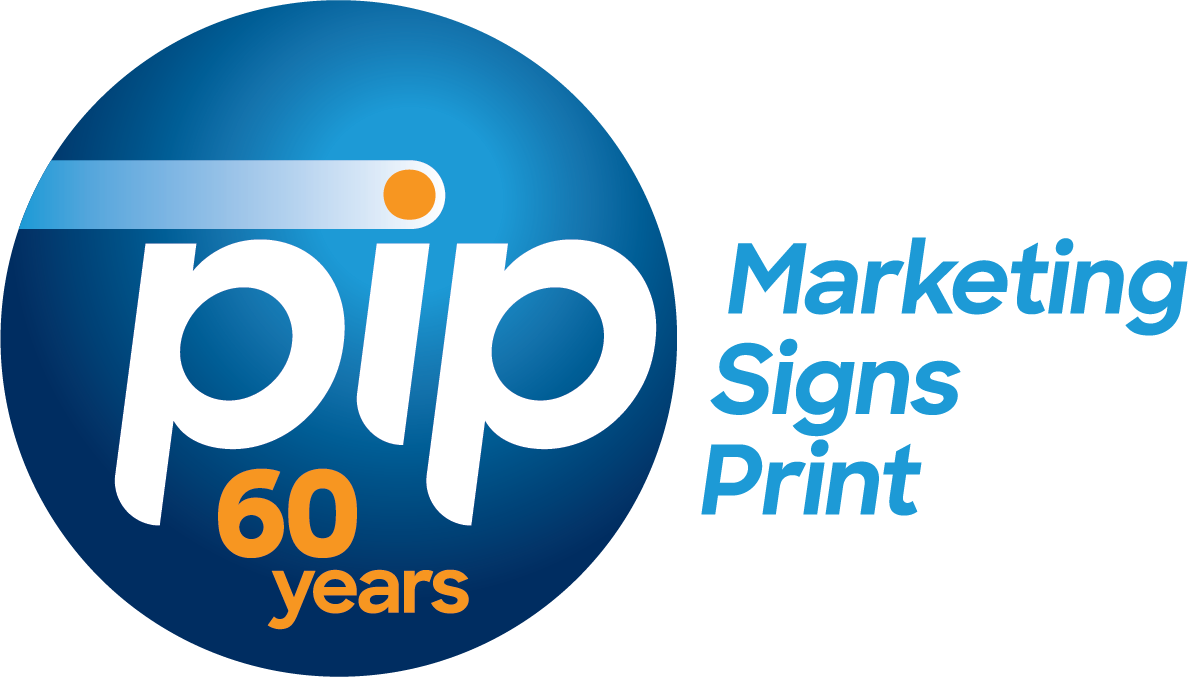Blog Post | Jan 23, 2024
Build In-Store Success with Point-of-Purchase Marketing
With customer spending up and more would-be shoppers returning to stores, marketers can drive increased sales with point-of-purchase, or POP, marketing. POPs can highlight special offers and create a shopping experience to educate and delight your customers.

Here's some excellent news for retailers! Consumer confidence is ticking up, and with it is consumer spending. Increasingly, customers are opting to spend their time and money in stores. Besides the instant gratification factor of getting merchandise immediately, experts say that retail is hot again because consumers want to see, touch, and feel products, and they're rediscovering how much they enjoy a leisurely shopping experience. These are all valuable insights to consider when planning how to market your bricks-and-mortar experience, and you can capitalize on this newfound enthusiasm with point-of-purchase (POP) marketing.
POP marketing is an excellent way to feature specific products and offers and increase in-store sales. Think of when you shop online giant Amazon and browse a product page; at the side, you'll see a list of related objects or what customers with similar purchasing behavior also bought. POPs, displayed either around the store or up at the cash register, aim to do the same thing: capitalize on the fact that the customer is in a buying mood.
Basic Types of Physical POPs
Endcaps: Usually displayed at the end of an aisle, they're like display cases that feature a selection of items related to that portion of a store. POP endcaps can be used to feature similar types of items: for example, they can drive more awareness (and sales) for a new kind of cereal, compared to simply displaying it on a shelf. POPs can also feature complimentary items: at a sporting goods store, at the end of a shoe aisle, you might see a POP for socks and shoe cleaners, or if you're browsing a row of audio/video equipment, the end cap could feature cables and needed peripherals. A creatively designed POP can also enhance shoppers' enjoyment by not only informing them of something new but by making it feel like an experience (remember, shoppers want to be able to put their hands on a product)
Physical signage near the register: Simple, printed signs highlighting products or offers can dramatically impact in-store sales. Think of all the times you've gone up to a gas station counter and seen mouth-watering offers for sodas and snacks. Those displays of snacks and other impulse buys near the cash wrap at stores like TJ Maxx and Marshalls are a form of POP marketing—and they are extremely lucrative. Table tents and counter change mats are also simple but effective POP variations. The key is to highlight offerings close to the cash wrap or add-ons that make sense to enhance the shopper's experience.
POPs and signage can be printed, digital, virtual, or a combination. And there are advantages to all.
Printed signs and POPs can be produced quickly and easily. Print is more portable—and most importantly, print is still the best way to showcase crisp, beautiful product imagery.
Digital signage lets you rapidly switch out messaging. Utilizing digital signage can also help you better mirror the online shopping experience for a singular, holistic customer journey.
Combine high-tech experiences with traditional print signage for maximum results. With some creativity, planning, and an eye for how all the pieces fit together, it's possible to create an immersive experience that will educate and delight your customers.
Speaking of educating and delighting your customers, how can we help you? Creating beautiful, custom-designed POPs and store signage is our specialty, and we've worked with thousands of retailers, restaurants, and other businesses. Get in touch to see our samples and learn what we can do for you.
POP marketing is an excellent way to feature specific products and offers and increase in-store sales. Think of when you shop online giant Amazon and browse a product page; at the side, you'll see a list of related objects or what customers with similar purchasing behavior also bought. POPs, displayed either around the store or up at the cash register, aim to do the same thing: capitalize on the fact that the customer is in a buying mood.
Basic Types of Physical POPs
Endcaps: Usually displayed at the end of an aisle, they're like display cases that feature a selection of items related to that portion of a store. POP endcaps can be used to feature similar types of items: for example, they can drive more awareness (and sales) for a new kind of cereal, compared to simply displaying it on a shelf. POPs can also feature complimentary items: at a sporting goods store, at the end of a shoe aisle, you might see a POP for socks and shoe cleaners, or if you're browsing a row of audio/video equipment, the end cap could feature cables and needed peripherals. A creatively designed POP can also enhance shoppers' enjoyment by not only informing them of something new but by making it feel like an experience (remember, shoppers want to be able to put their hands on a product)
Physical signage near the register: Simple, printed signs highlighting products or offers can dramatically impact in-store sales. Think of all the times you've gone up to a gas station counter and seen mouth-watering offers for sodas and snacks. Those displays of snacks and other impulse buys near the cash wrap at stores like TJ Maxx and Marshalls are a form of POP marketing—and they are extremely lucrative. Table tents and counter change mats are also simple but effective POP variations. The key is to highlight offerings close to the cash wrap or add-ons that make sense to enhance the shopper's experience.
POPs and signage can be printed, digital, virtual, or a combination. And there are advantages to all.
Printed signs and POPs can be produced quickly and easily. Print is more portable—and most importantly, print is still the best way to showcase crisp, beautiful product imagery.
Digital signage lets you rapidly switch out messaging. Utilizing digital signage can also help you better mirror the online shopping experience for a singular, holistic customer journey.
Combine high-tech experiences with traditional print signage for maximum results. With some creativity, planning, and an eye for how all the pieces fit together, it's possible to create an immersive experience that will educate and delight your customers.
Speaking of educating and delighting your customers, how can we help you? Creating beautiful, custom-designed POPs and store signage is our specialty, and we've worked with thousands of retailers, restaurants, and other businesses. Get in touch to see our samples and learn what we can do for you.
